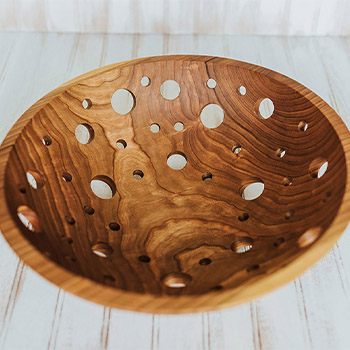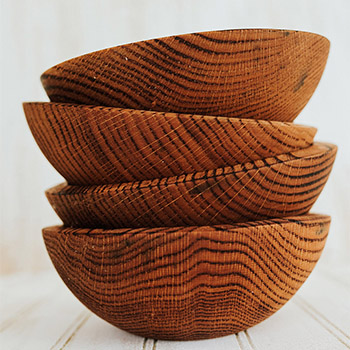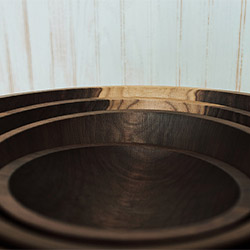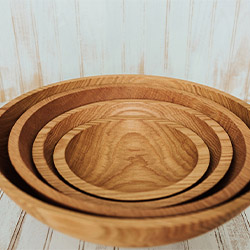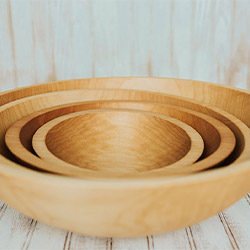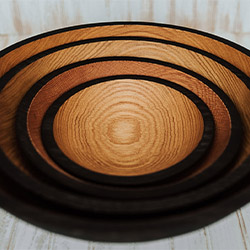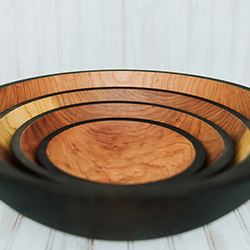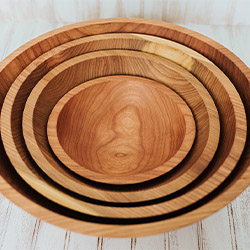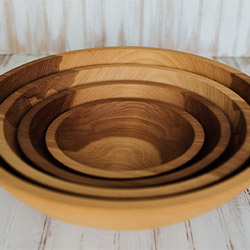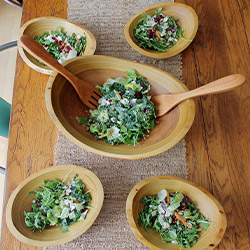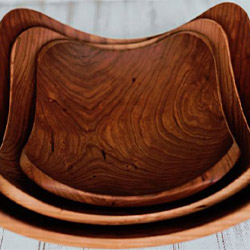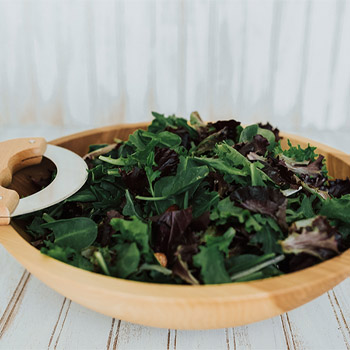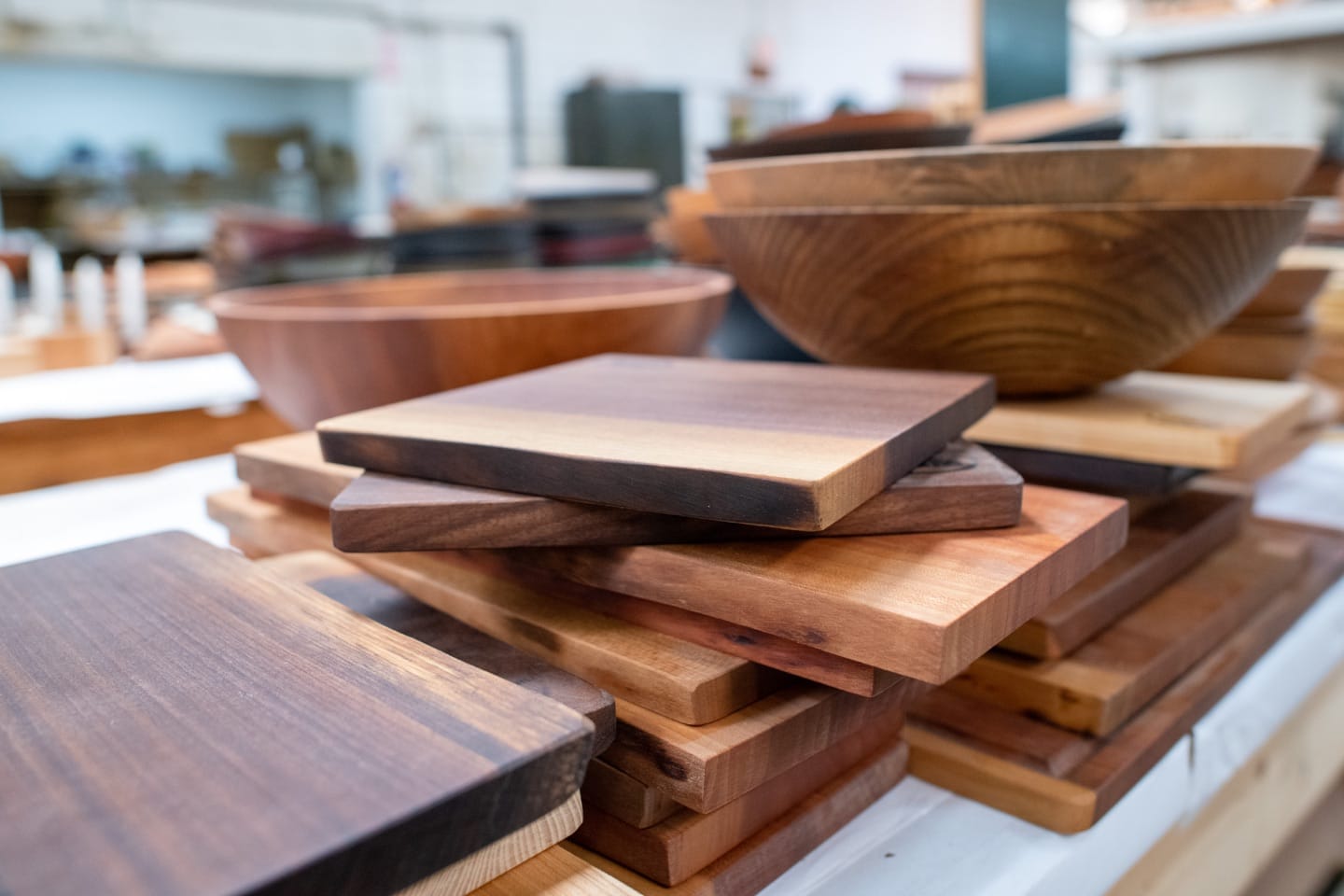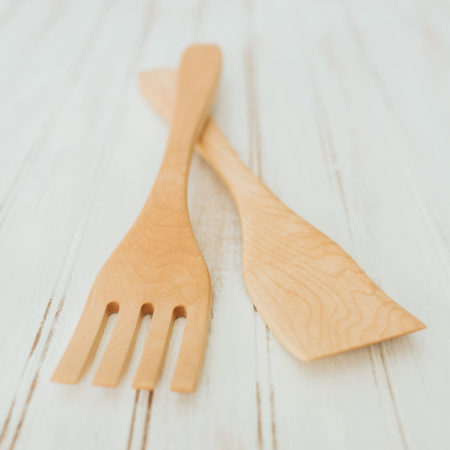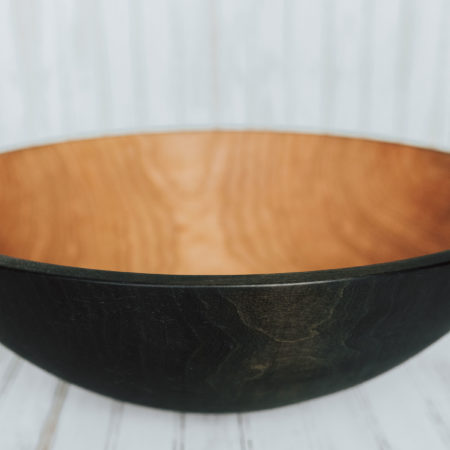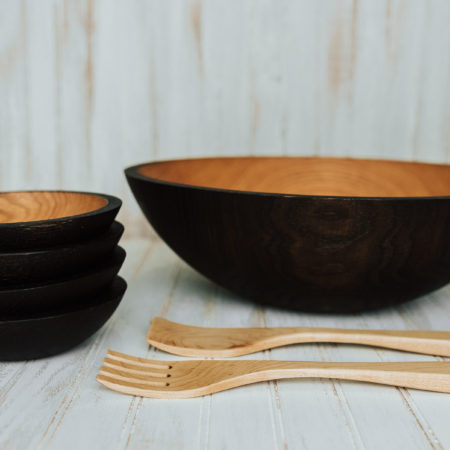Are you tired of your wooden chopping boards looking dull and worn out? We’ll show you how to maintain your wooden chopping boards from Holland Bowl Mill, so they always look their best.
You’ll learn about different types of wooden chopping boards and how to choose the right oil for them.
We’ll also teach you proper cleaning techniques, how to prevent warping and cracking, and how to store and maintain your boards for long-lasting use.
It’s time to take care of your kitchen tools and serve up excellence!
Key Takeaways
- End grain chopping boards have a strong and resilient surface and are excellent at self-healing.
- Choosing the right oil, such as food-grade mineral oil or cutting board oil, can help prevent drying out and cracking of the board.
- Proper cleaning techniques, such as using a soft-bristled brush and mild dish soap, can help maintain the natural oils of the board and prevent stripping.
- Dry the board thoroughly after each use to prevent warping and cracking, avoid direct contact with hot pots or pans, and consider sanding and refinishing techniques.
Types of Wooden Chopping Boards
There are two main types of wooden chopping boards: end grain and edge grain. Each type has its unique qualities and benefits.
There are several options for the different types of wood used for chopping boards. Hardwoods like maple, walnut, and cherry are popular due to their durability and resistance to knife marks. Softwoods like pine and bamboo are also used, although they may not be as durable as hardwoods.
Let’s start with end-grain chopping boards. These boards are made by cutting the wood into small blocks and arranging them so the end grain faces up. This construction method creates a strong, resilient surface that is gentle on your knives. End grain boards are excellent at self-healing, meaning they can withstand deep cuts without showing many marks. They are also more forgiving on your knife’s edge, which helps to maintain its sharpness for longer. On the downside, end grain boards require more care and maintenance to prevent warping and cracking. They also tend to be more expensive due to the intricate construction process.
Now, let’s talk about edge-grain chopping boards. These boards are made by gluing together long strips of wood, with the edge grain facing up. Edge grain boards are more affordable compared to end grain boards. They are also more resistant to warping and cracking. However, they are less forgiving on your knife’s edge and may show more knife marks over time. With proper care and maintenance, edge grain boards can still provide a reliable and durable surface for chopping.
Choosing the Right Oil for Your Wooden Chopping Board
To keep your wooden chopping board in good condition, selecting the correct oil is crucial. Choosing the right seasoning for your board is essential to maintain its durability and longevity. By regularly oiling your wooden chopping board, you can enjoy the benefits of a well-maintained kitchen tool.
When choosing the right oil for your wooden chopping board, choose food-grade mineral or cutting board oil. These oils are specially formulated to penetrate the wood and provide a protective barrier against moisture and bacteria. They are also odorless and tasteless, ensuring that your food remains unaffected.
The benefits of oiling your wooden chopping board are numerous. Firstly, it helps to prevent the board from drying out and cracking. This is particularly important in a kitchen environment where the board is exposed to moisture from food preparation. By regularly oiling your board, you can maintain its structural integrity and prevent any potential damage.
Secondly, oiling your wooden chopping board helps to create a natural barrier against bacteria. Wood is a porous material; without proper maintenance, it can harbor harmful bacteria. Regularly oiling your board reduces the risk of bacterial growth and ensures a hygienic food preparation surface.
Lastly, oiling your wooden chopping board enhances its natural beauty. The oil brings out the rich tones and grains of the wood, giving your board a beautiful and polished appearance. It adds a touch of elegance to your kitchen and makes your chopping board a centerpiece that you can proudly display.
Proper Cleaning Techniques for Wooden Chopping Boards
When cleaning wooden chopping boards, it’s important to use gentle techniques and avoid harsh chemicals. Wooden chopping boards are an essential tool in the kitchen and a symbol of love and care that goes into preparing meals for your loved ones.
To ensure the longevity of your chopping board and maintain its natural beauty, follow these tips:
- Use the right cleaning tools:
- Soft-bristled brush or sponge: Gently scrub the board’s surface to remove any food particles or stains without damaging the wood.
- Mild dish soap: Choose a gentle, natural dish soap to avoid stripping the natural oils from the wood.
Embrace the power of natural disinfectants:
- Lemon juice: Cut a lemon in half and rub it onto the board to naturally disinfect it. The citric acid in lemons helps kill bacteria while leaving a refreshing scent behind.
- Vinegar solution: Mix equal parts of vinegar and water in a spray bottle. Spray the solution onto the board and let it sit for a few minutes before wiping it clean. Vinegar is known for its antimicrobial properties, making it an excellent natural disinfectant.
Preventing Warping and Cracking in Wooden Chopping Boards
Take care to prevent warping and cracking in your wooden chopping boards by avoiding exposure to excessive heat or moisture. As someone who values serving others, keeping your chopping boards in the best possible condition is important.
Moisture damage is a common issue with wooden boards, so taking preventive measures is crucial. First, make sure to dry your board thoroughly after each use. This will help prevent moisture from seeping into the wood and causing warping or cracking. Additionally, avoid placing your board in direct contact with hot pots, pans, or any other heat source. Extreme heat can cause the wood to expand and contract, warping over time.
To further protect your chopping board, consider using sanding and refinishing techniques. Regularly sanding your board will help remove rough patches or splinters, keeping it smooth and safe for food preparation. Start by using fine-grit sandpaper and gently buff the surface in the direction of the wood grain. After sanding, wipe off the dust with a damp cloth and let it dry completely. Once dry, you can apply a food-safe finish, such as mineral oil or beeswax, to seal the wood and protect it from moisture damage. This will also help bring out the natural beauty of the wood.
Taking these precautions and using sanding and refinishing techniques ensures that your wooden chopping board remains in excellent condition for years. Remember, a well-maintained chopping board enhances your cooking experience and promotes food safety and hygiene.
Storing and Maintaining Wooden Chopping Boards
Wooden chopping boards can be stored in a dry and cool place to maintain them. Proper care and maintenance are crucial for ensuring the longevity and functionality of your wooden chopping boards. Here are some best practices to follow:
- Cleaning: Regularly clean your wooden chopping boards after each use. Use a mild dish soap and warm water to scrub away any food particles gently. Avoid soaking the board in water or using harsh detergents, as this can cause warping and damage the wood.
- Drying: After cleaning, dry your wooden chopping board thoroughly. Excess moisture can lead to the growth of mold and bacteria. Use a clean towel to remove any remaining moisture, and then let the board air dry in a well-ventilated area.
- Oiling: To keep your wooden chopping board in good condition, it’s important to oil it regularly. Use a clean cloth to apply food-grade mineral oil or beeswax to the board’s surface. This will help prevent the wood from drying out and cracking.
- Avoiding direct heat: Wooden chopping boards should never be placed in direct heat or exposed to extreme temperature changes. Avoid placing hot pots or pans directly on the board, which can cause warping and damage.
Caring for your wooden chopping boards is essential for maintaining their quality and ensuring the safety and well-being of those you serve. By following these best practices, you can extend the lifespan of your wooden chopping boards and continue to provide exceptional meals for your loved ones.
Summary
So there you have it. Now you know how to properly maintain your wooden chopping boards from Holland Bowl Mill.
By choosing the right oil, cleaning them properly, and taking steps to prevent warping and cracking, you can ensure that your chopping boards will last for years to come.
Remember to store them properly and give them the care they deserve.
With these tips, you’ll be able to enjoy using your wooden chopping boards in your kitchen for a long time.
Happy cooking!

